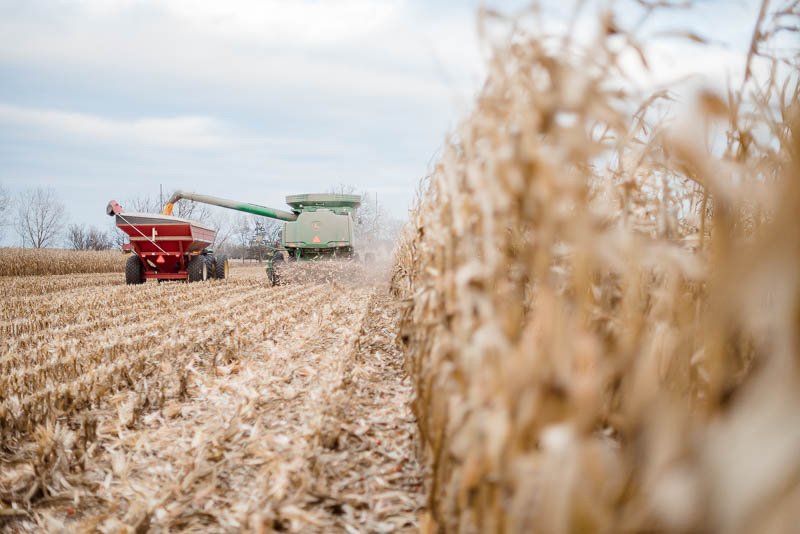Where do GMOs come from?
We’ve heard many different ideas about GMOs over the years. Some people think they’re some new creation made in a lab, and others say they’re made with chemicals and syringes. We’ve even heard the term “Frankenfood” used to describe GMOs. So just how are GMO crops developed? Read on for a step-by-step guide to the process.
Step One: Identify a Helpful Trait
Plants get directions from their DNA for growth and development. DNA is made up of thousands of genes, so first, researchers look for a gene that delivers a desired trait, like the ability to resist harmful pests. One of the first GMO crops approved for commercial use was made from a naturally occurring soil bacterium called Bacillus thuringiensis. The gene produces a protein that kills European corn borer larva, a bug that poses a serious threat to corn plants.
Step Two: Find the Switch
Once they find the right gene, scientists choose specific “switches” or regulators so the genes are expressed in a way researchers want. Senthil says it’s like a lawn sprinkler system that is told when and where to turn on and off.
Step Three: Insert Gene Into Plant
After the switches have been identified, geneticists insert the gene into the plant, often using a machine called a gene gun. There are many methods researchers can use, but the goal is to transport the new gene and deliver it into the cell nucleus.
Step Four: Plant Growth
Once the traits have been inserted and the plant grows, the seeds it produces will contain the new genes. Those seeds are then planted and grown in a specialized greenhouse or in other controlled environments.
Step Five: Obtain Approval
If a new variety shows promise, the plant needs to get USDA, FDA and EPA approval before it can be grown commercially. On average, every GMO plant is tested for 13 years before it is approved for farmers to use. The approval process is rigorous and includes testing on birds, mammals, beneficial insects, fish, frogs and other organisms to ensure the crops are safe and have no adverse effects.
All scientific, peer-reviewed research by independent and government health organizations shows that GMOs are safe for people, animals and the environment, and that GMO foods are just as nutritious as their non-GMO counterparts. You can rest assured that whatever food choice you make, it will be a safe one for you and your family.
There you have it. No Frankenfoods, no syringes, no creations from the lab, just precision plant breeding.

